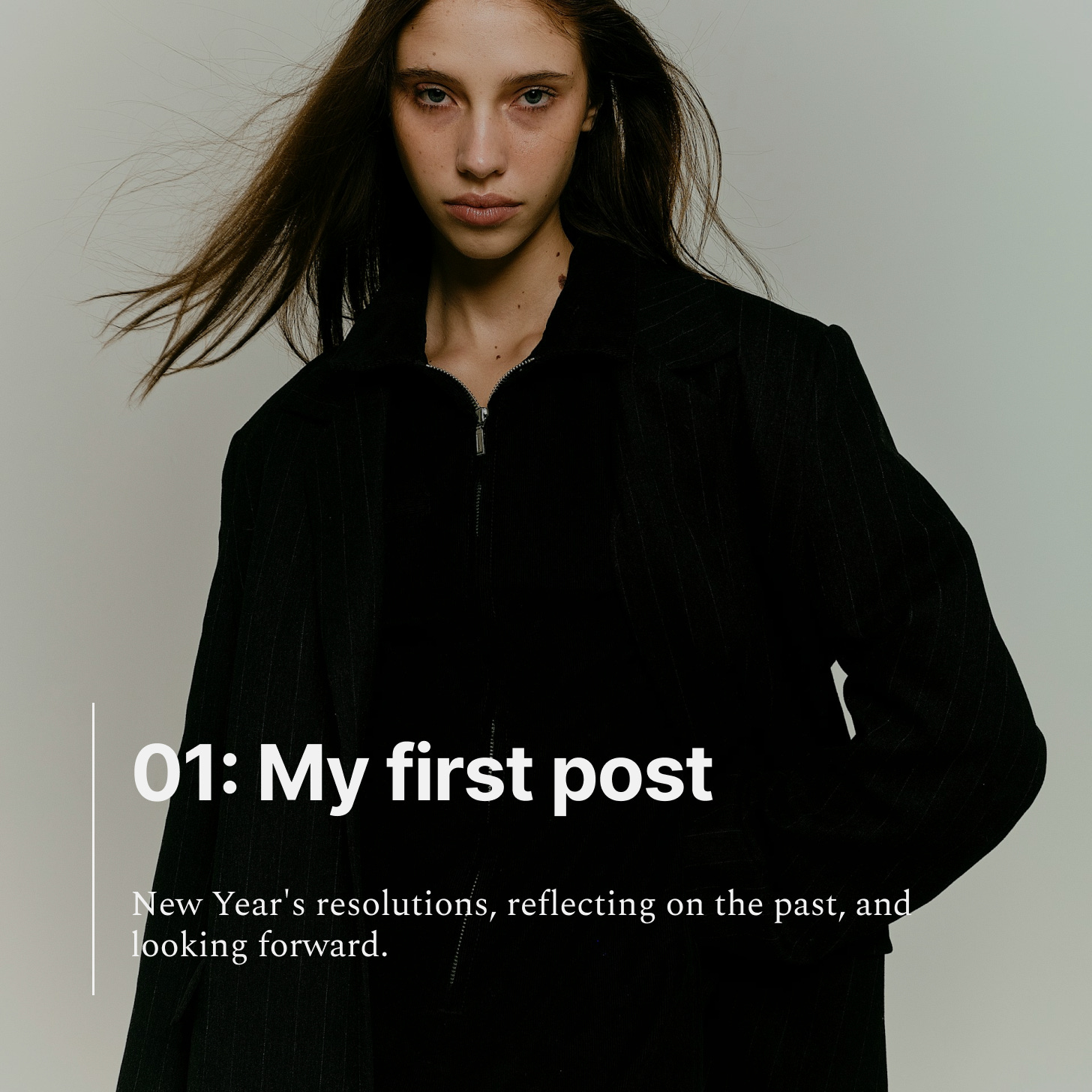Photo by Simeon Asenov on Unsplash
2025 is here, and I’m taking action for the climate crisis. With all the negativity out there, who needs more? So, I’m keeping it positive and solutions-based.
Introduction
After eight or more years of writing about fashion for a living, today’s the day I change the agenda and make sustainability the central arc of the story, not just a part of the conversation. Yes, 2025 is the year I finally put all my experience in the industry to good use — by sharing what I’ve learned with a community of like-minded change-makers. After all, collaboration is our most powerful conduit for change.
So, whether you’re a climate activist, in the fashion industry like me, or are doing the work to land yourself that all-important job in sustainability, I hope you find my words informative and engaging. I should mention that this is a work in progress, so the format may change over time. For now, expect weekly posts on sustainable fashion featuring helpful resources and personal insights.
Resolutions for Change
Now that we’ve got that bit out of the way, let’s dive into the good stuff: New Year’s resolutions. I have to say, I’m not usually one for resolutions. I find they can lead to an all-or-nothing attitude, which typically, does more to slow our progress than encourage it. (Last year, I signed up for the gym and quickly discovered I don’t enjoy hanging out in an overcrowded sweatbox — shocker.) That said, a healthy dose of reflection on what we would like to see more, or less, of in the new year can only be a good thing.
resolution (noun): A firm decision to do or not to do something.
When it comes to sustainable fashion in 2024, there are lots of things to celebrate. Progress must be celebrated — so here, positivity is king. Where better to start the year than with a rundown of some industry developments over the past 12 months? Expect initiatives and innovations, policy and regulations, and consumer engagement updates. I’ll provide plenty of links, so you can browse and bookmark whatever content appeals most. Here it goes:
Circular Fashion Initiatives:
Rental and resale platforms have seen positive signs of growth, with luxury brands like Selfridges getting in on the action (happily, I was involved in circular projects at the brand in my role as Senior Copywriter at the retailer). Other names worth mentioning include Rent the Runway and Vestiaire Collective — both of which offer shoppers access to luxury garments while also minimising environmental impact.
Textile-to-textile recycling is notoriously challenging (I discovered this when listening to the Fashion Our Future podcast by Kering), but 2024 saw an increased focus on this kind of recycling. I’m glad to report that many leading brands have been busy developing circular solutions to waste, in a bid to keep textiles in use and preserve our diminishing resources — a topic I’ll talk about more on the blog later.
Material Innovations:
As part of my learning in the course Fashion and Sustainability: Understanding Luxury Fashion in a Changing World, I discovered that diminishing materials is considered one of the most pressing issues in fashion today. With that in mind, it’s great to hear of brands that are exploring alternatives to traditional fibres — adopting innovative technologies to create more environmentally sound materials (think recycled, plant-based, or materials grown in a lab).
Another excellent development is the increased efforts being made to track materials throughout the supply chain. With an influx of new regulations being introduced — industry professionals tell me they’ve never experienced anything like it — traceability and transparency are two of the big industry buzzwords right now.
Policy and Regulatory Changes:
As I mentioned above, regulations are on the up, which many industry professionals believe is driving brands to take their sustainability efforts more seriously. (Unfortunately, change is often slow to happen without the threat of financial penalties — more on this later.) An example of a newly implemented legislation is the EU's Corporate Sustainability Due Diligence Directive (CSDDD), which mandates companies to identify and mitigate human rights and environmental risks in their supply chains.
With new regulations also come new technologies, with the announcement of the EU's Digital Product Passport (DPP) bringing enhanced transparency across value chains by using blockchain to provide comprehensive product information. (Imagine — you buy a product and you have access to its origin, materials, environmental impact, and even any disposal recommendations!)
Consumer Awareness and Engagement:
With the threat of climate change reaching a tipping point and environmental conversation making some serious headlines, it’s become increasingly clear that we all need to be more mindful of our environmental and social impacts (especially when our governments aren’t taking satisfactory measures to safeguard the future of our planet). That’s why consumers like you and I are increasingly on the hunt for brands offering more sustainable products and services, driving demand for sustainable fashion.
Those of us who do care enough to take action (if you’re reading this, I believe that includes you) are often the ones involved in education and awareness-building, from campaigning and petitioning to championing sustainable fashion practices on their social media channels. Gen Z TikTok influencers may well hold the key to societal transformation, and the more we shout about it, the more empowered we all are to make informed choices.
Resources:
Fashion Our Future podcast by Kering
Fashion and Sustainability: Understanding Luxury Fashion in a Changing World MOOC by London College of Fashion x Kering





































Hannah! Just by chance I was scrolling on Substack and discovered this. I am so excited for you! And excited to read your words!